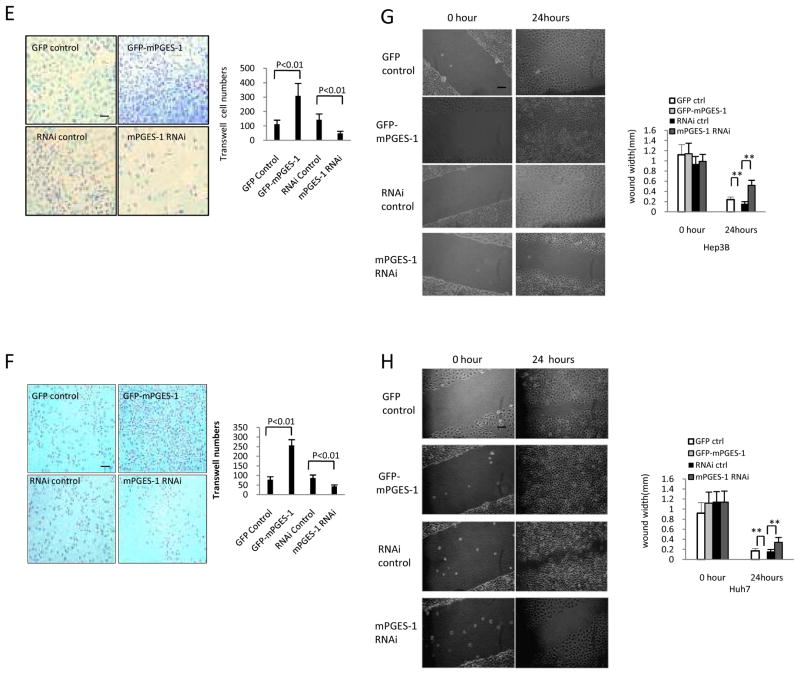Figure 2. The effect of mPGES-1 on cell cycle progression, BrdU labeling, cell invasion and injury repair.
A & B. Cell cycle analysis by flow cytometry in Hep3B (A) and Huh7 (B) cells with altered expression of mPGES-1. The percentage of cells in S, G0/G1, and G2/M phases of the cell cycle was determined using the standard cell cycle analysis software. All experiments were conducted in triplicate, and the results were evaluated blindly. Data are presented as mean ± SEM (*p<0.05; **p<0.01).
C & D. BrdU immunofluorescence staining in Hep3B (C) and Huh7 (D) cells with altered expression of mPGES-1. Representative photographs of BrdU positive cells from different groups are shown at the left panels (scale bars 10 μm). Quantitative analysis of BrdU positive cells are shown at the right panels. The frequency of BrdU positive cells was determined by counting the positive stained cells and the total number of cells in randomly selected magnification fields. The BrdU positive cell rate (%) was calculated by dividing the numbers of BrdU positive cells by the total numbers of cells. The data are presented as mean ± SEM (** p<0.01).
E & F. Transwell assay (E - Hep3B cells; F - Huh7 cells). Representative photographs of invaded cells from independent groups are shown at the left panels (scale bar 10 μm). Quantitative analysis of invaded cells is shown at the right panels. The data are presented as mean ± SEM from three different experiments.
G & H. Wound healing assay (G - Hep3B cells; H - Huh7 cells). Representative photographs of cell migration/injury repair from different cell lines are shown at the left panels (0 and 24 hours after scratch) (scale bar 10μm). The average wound width is shown at the right panels; the data are presented as Mean ± SEM (** p<0.01).


